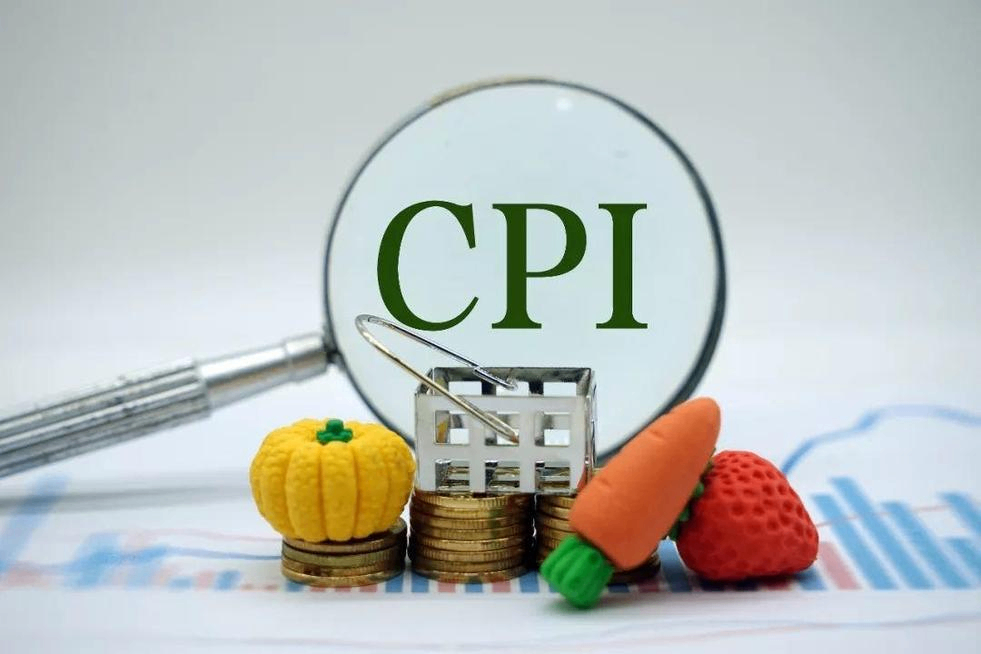U.S. July CPI Rises 0.2%, In Line With Expectations
U.S. inflation rose to 2.3% year-over-year in July. Energy prices spiked, with natural gas prices rising 11.4%. Services inflation slowed as transportation and communications prices fell.

The U.S. inflation report for July revealed a complex economic picture, with moderate levels of overall inflation but significant differences in inflation performance across sectors.
The Consumer Price Index (CPI) rose 0.2% in July from a year earlier, with year-over-year inflation at 2.3%, up slightly from 2.2% in June. Core inflation excluding food and energy slowed to 1.5% year-over-year, down from 1.8% in June.
Energy prices were the main driver of inflationary pressures, rising 8.5% year-on-year, up sharply from 4.8% in June. This increase was largely due to a sharp rebound in oil prices, which rose 11.4% YoY, following a 10.8% decline in June. Electricity prices remained stable, rising about 19.5% year-on-year.
Services price inflation slowed to 2.6% y/y, down from 2.9% in June. Transportation prices fell 0.9% y/y, reversing the previous month's increase, while communication services prices fell significantly, by 5.7% y/y.
Food price inflation continued to slow, rising 0.5% year-on-year, down from 0.8% in June. However, fresh produce prices accelerated to 2.8% year-on-year, up from 2.1%. Food inflation, which excludes fresh produce, remained almost stable, up 0.1% year-on-year.
Prices of manufactured goods remained stable, with prices of clothing and footwear accelerating slightly to 0.9% year-on-year, while prices of health products continued to fall, but at a slower rate of 1.0%.
The inflation report has important implications for the economic outlook. Policymakers may consider leaving interest rates unchanged in September while weighing the relationship between headline inflation and industry-specific pressures.
Equity futures were little changed after the report, while Treasury yields rose slightly. Gold prices remain near record highs, reflecting ongoing economic uncertainty.
The mixed inflation outlook confronts policymakers with the challenge of finding a balance between industry pressures and overall economic stability. The next few months will have a key impact on monetary policy and overall economic trends.
Disclaimer: The views in this article are from the original Creator and do not represent the views or position of Hawk Insight. The content of the article is for reference, communication and learning only, and does not constitute investment advice. If it involves copyright issues, please contact us for deletion.